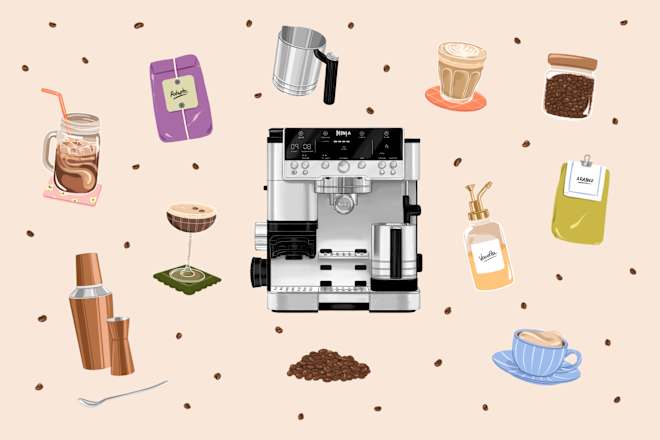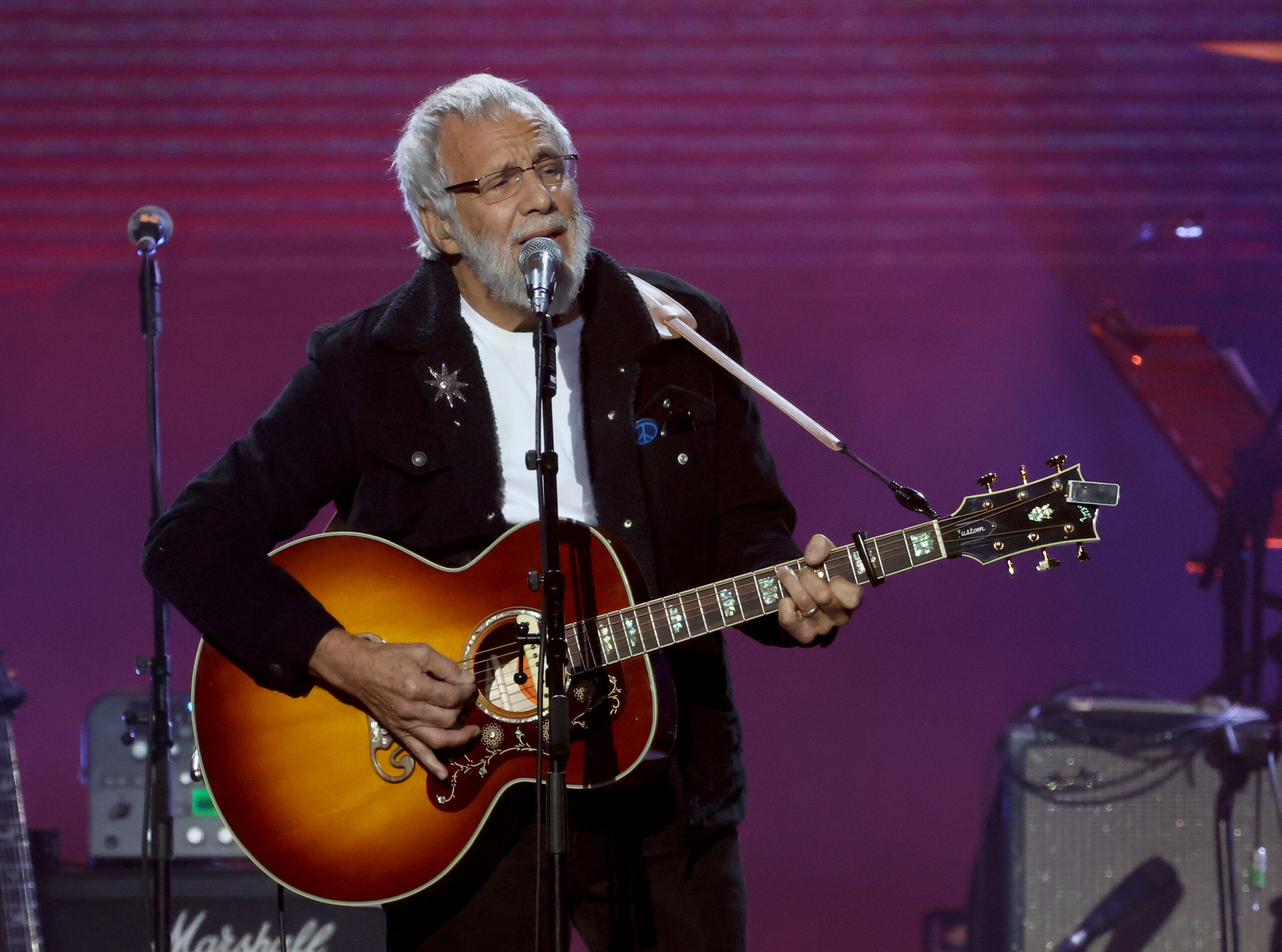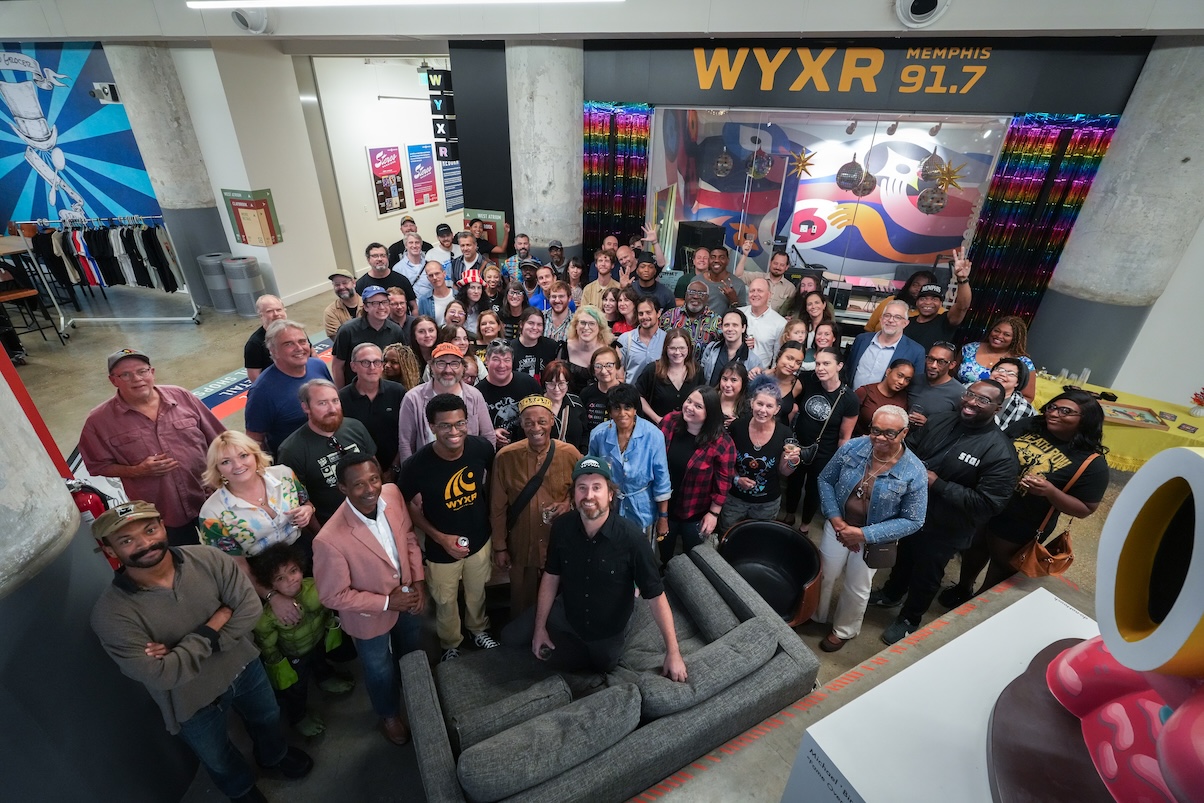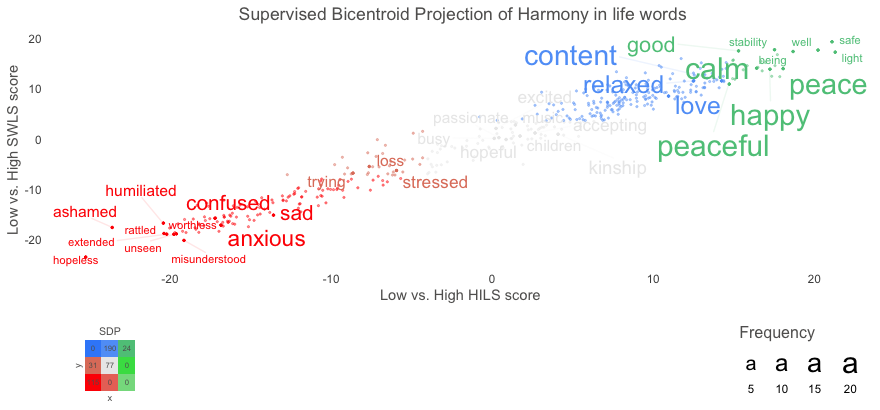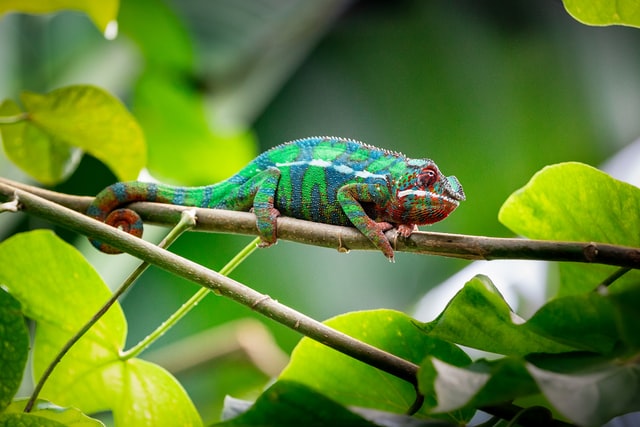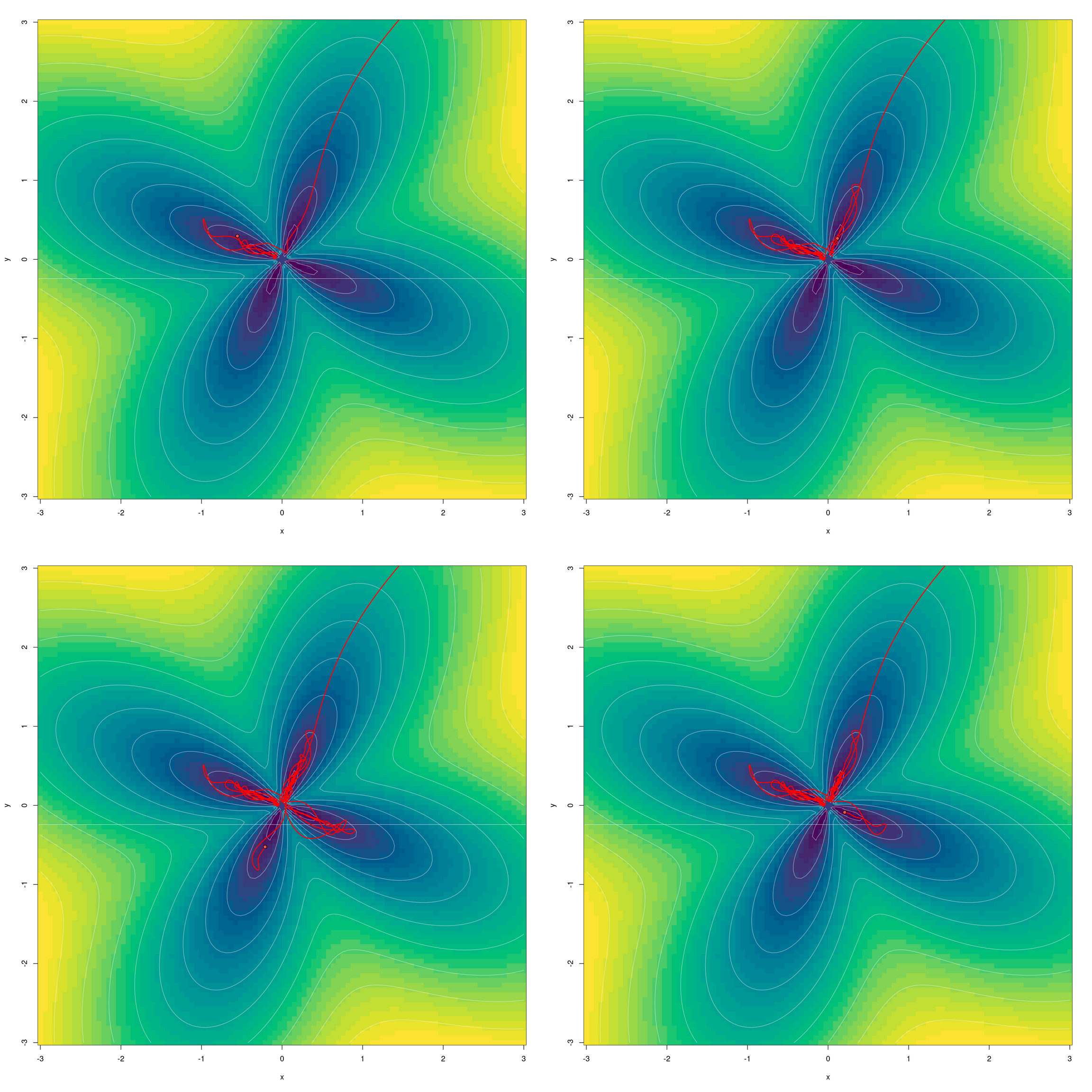This site uses cookies. By continuing to browse the site you are agreeing to our use of cookies.
Research links: an imperfect hedge
May 13, 2025 0
Cameco Corporation (CCJ) Bank of America Glob...
May 13, 2025 0
Ark Restaurants Corp. (ARKR) Q2 2025 Earnings...
May 13, 2025 0
Research links: an imperfect hedge
May 13, 2025 0
Cameco Corporation (CCJ) Bank of America Glob...
May 13, 2025 0
Ark Restaurants Corp. (ARKR) Q2 2025 Earnings...
May 13, 2025 0
Nissan’s contribution to Renault Group’s firs...
May 13, 2025 0
GM and LG Energy Solution to pioneer LMR batt...
May 13, 2025 0
Iveco Bus factory in Annonay, France, celebra...
May 13, 2025 0
ABB’s PixelPaint brings exclusive and sustain...
May 13, 2025 0
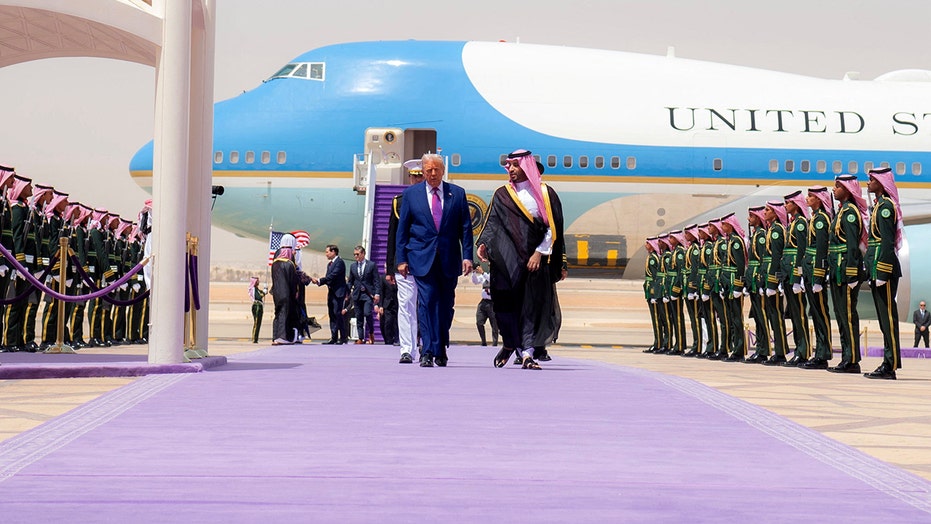

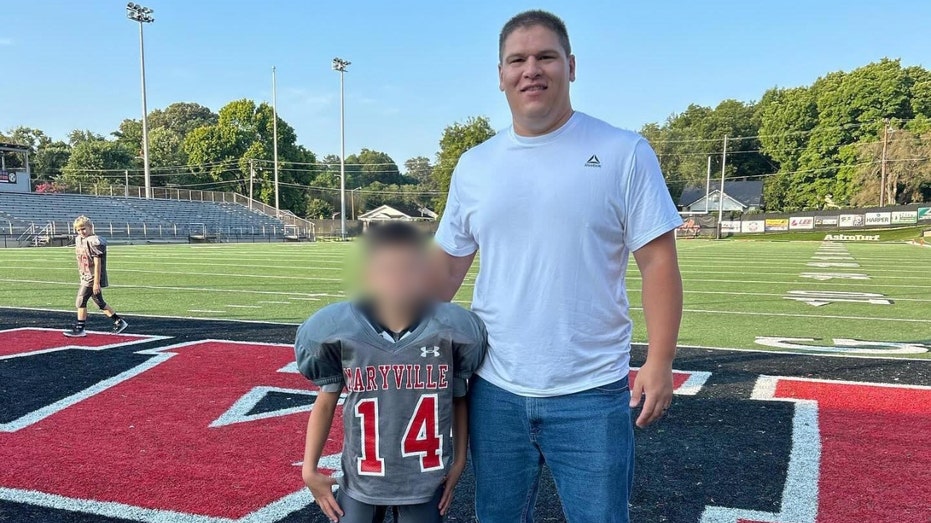
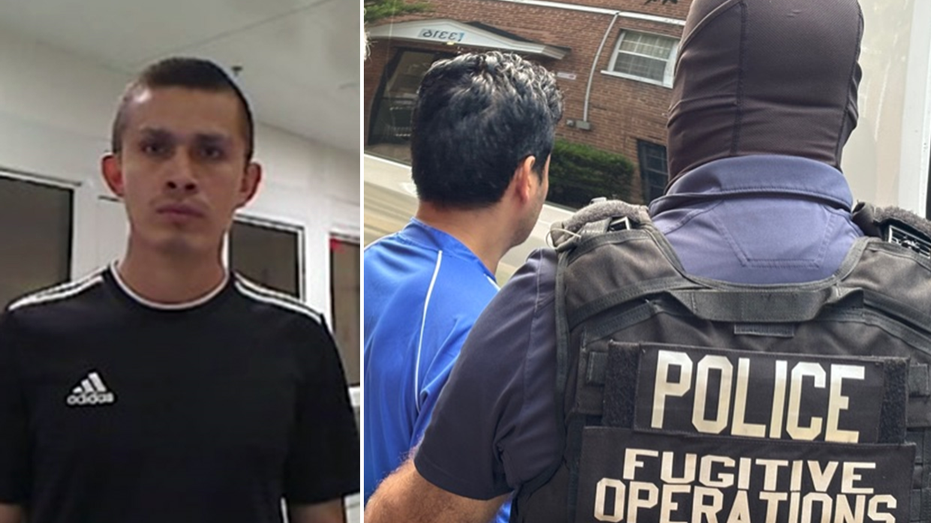














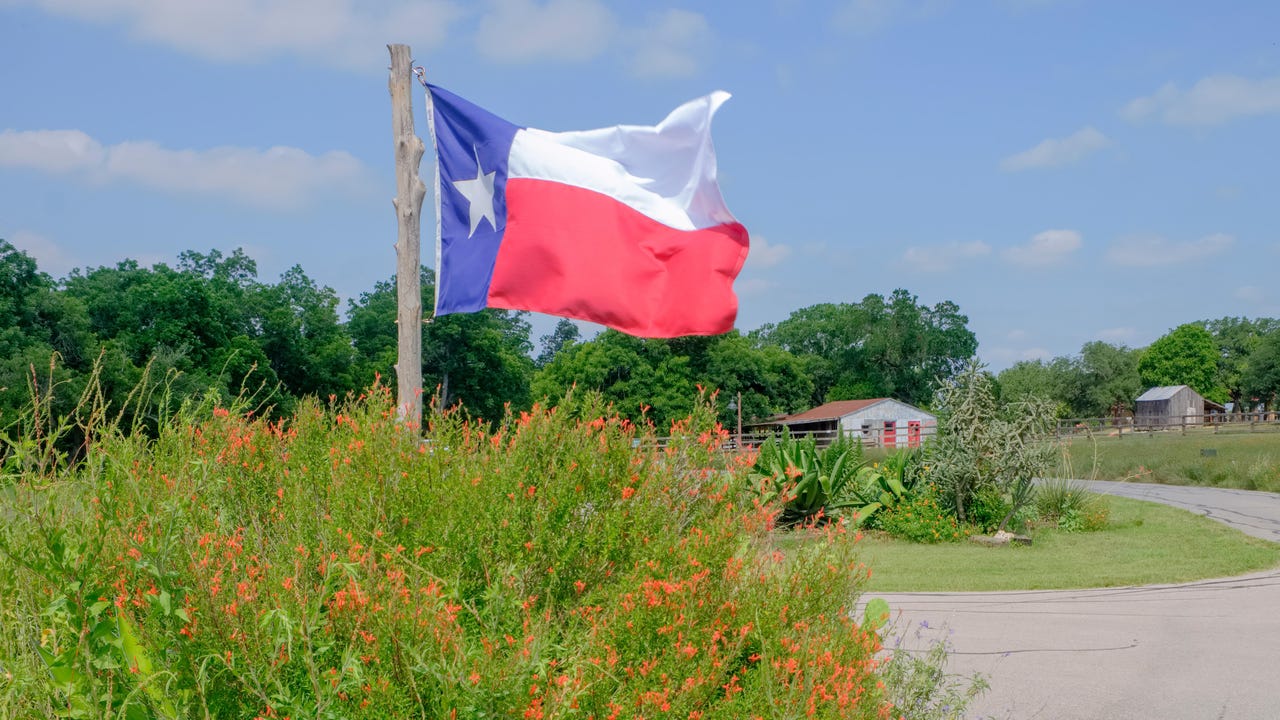
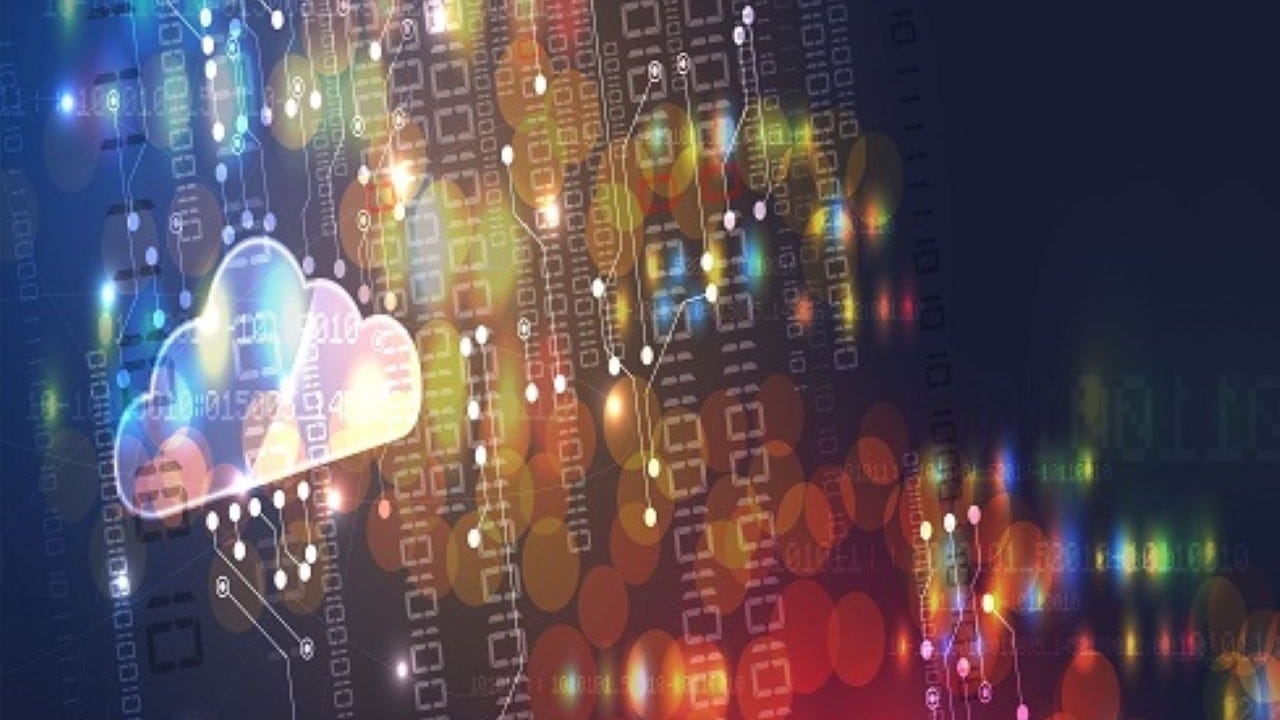
_ElenaBs_Alamy.jpg?width=1280&auto=webp&quality=80&disable=upscale#)










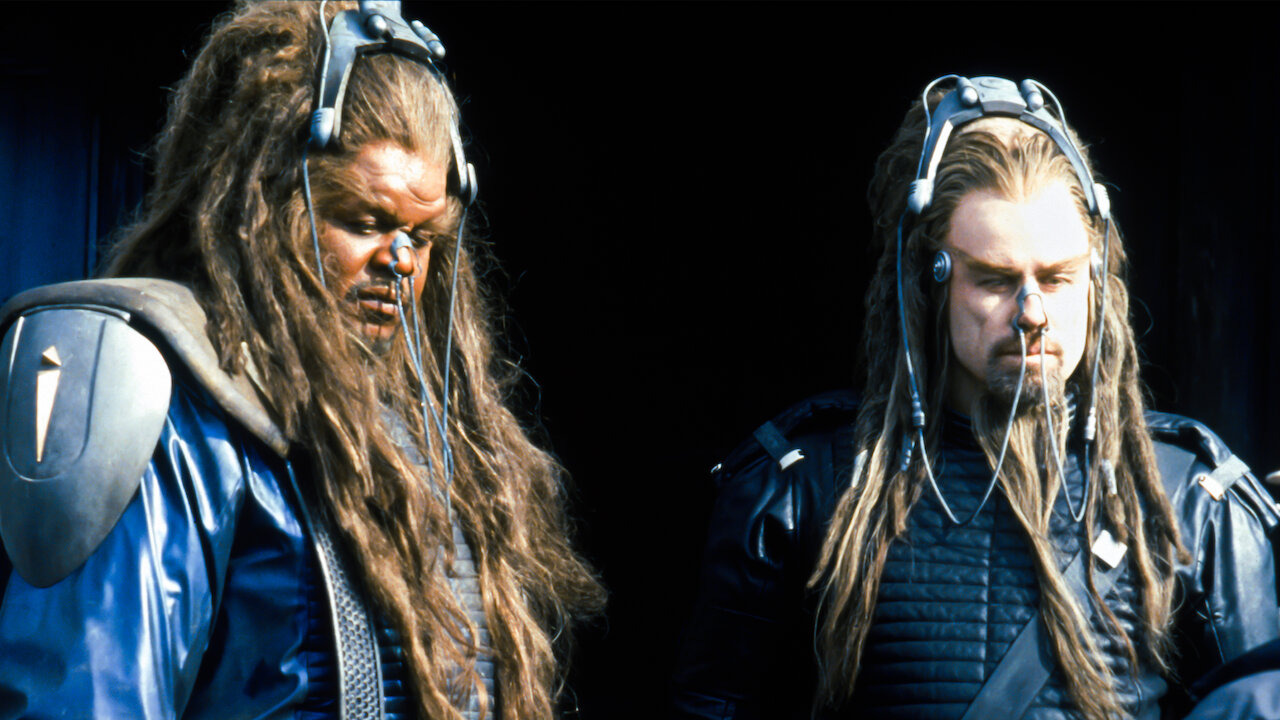
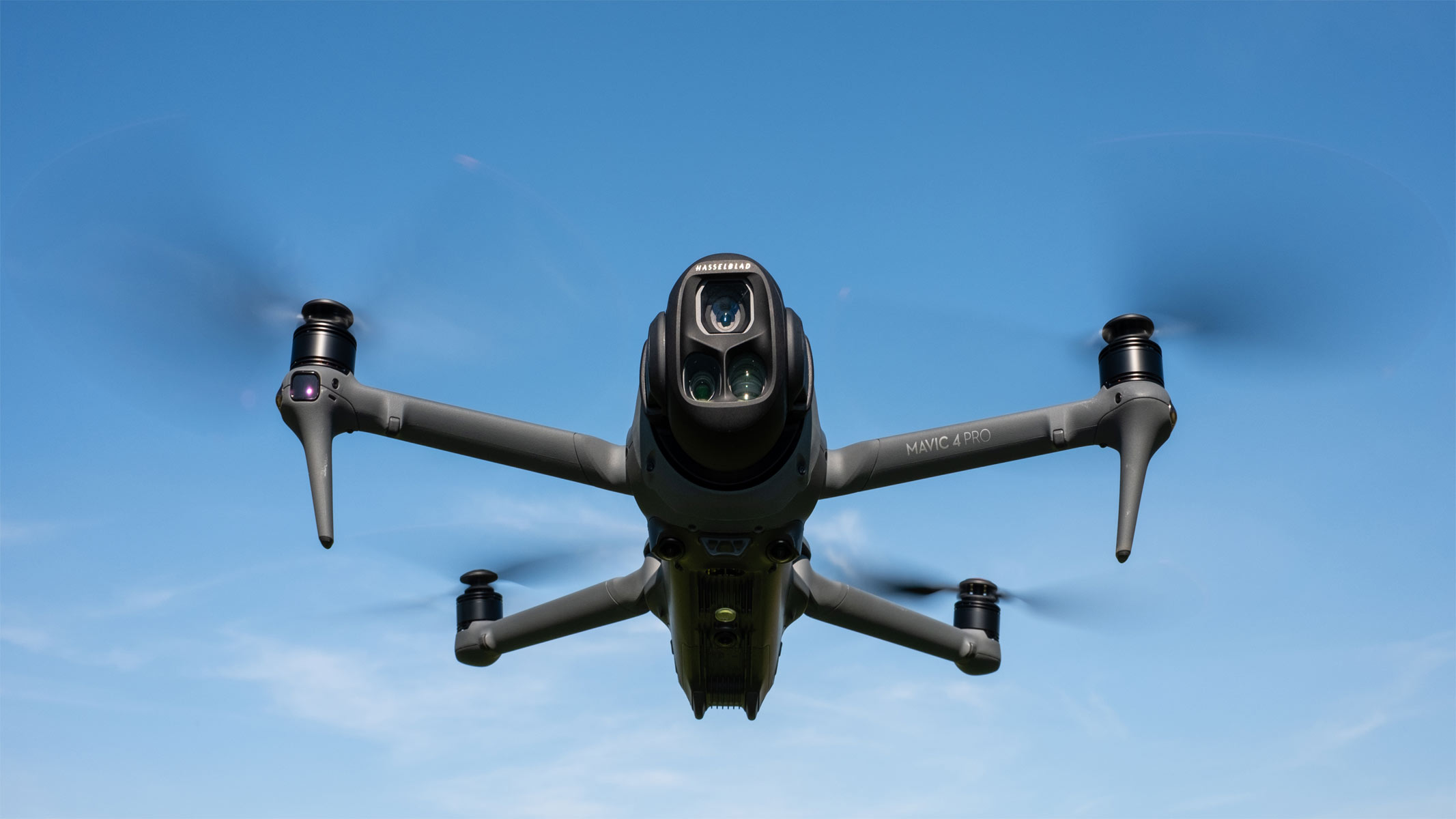
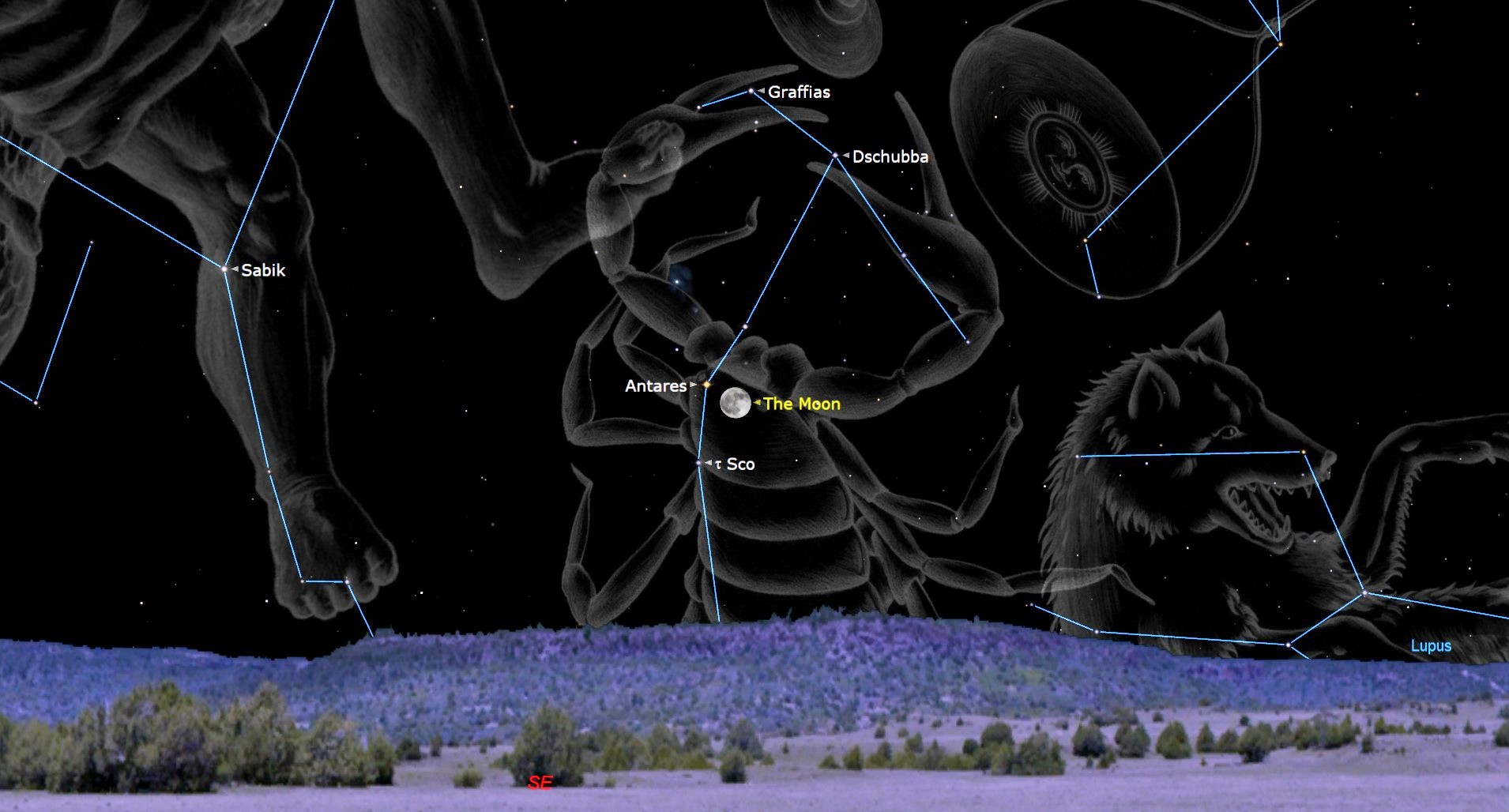
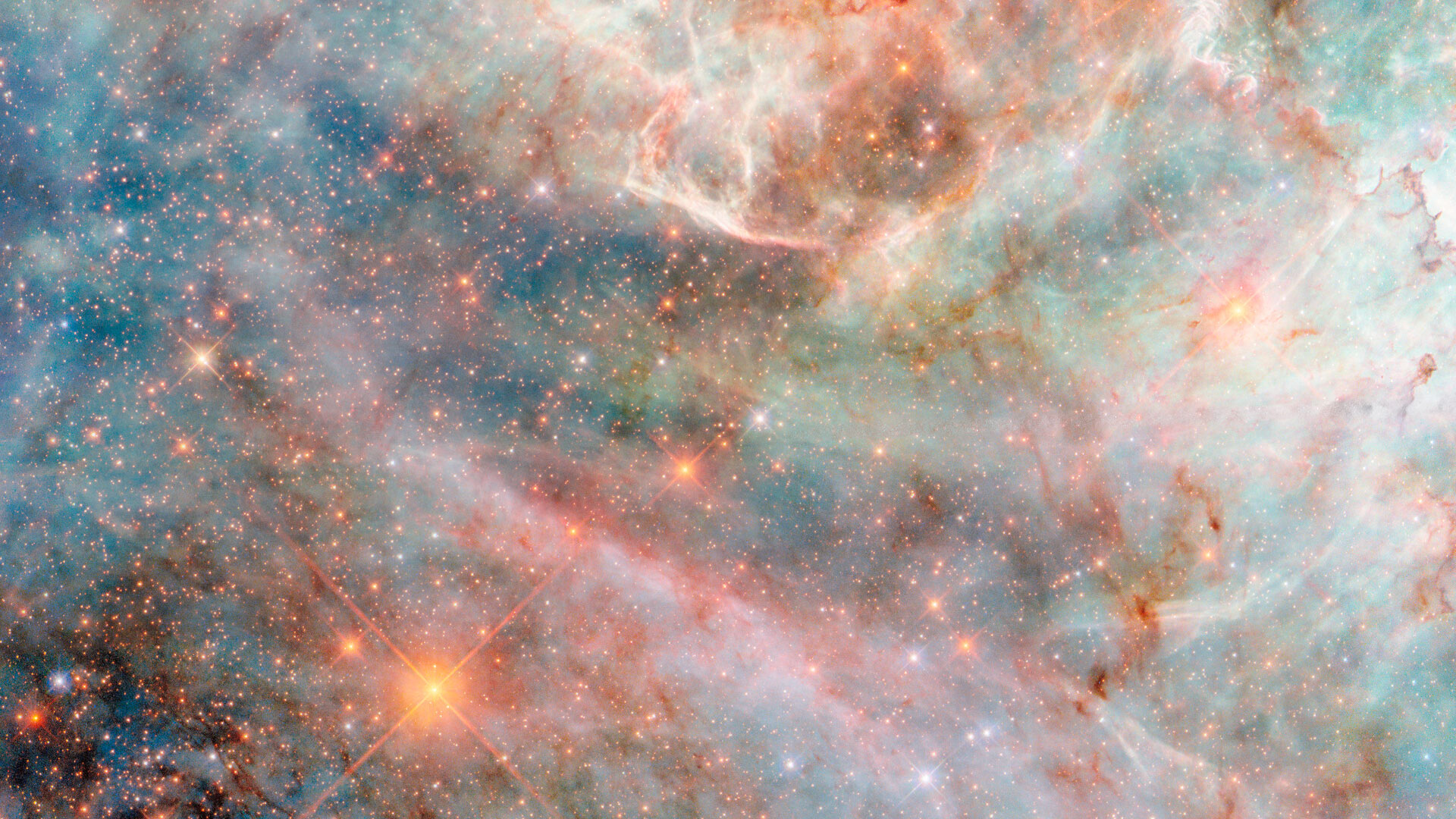







![Bitten By Bed Bugs At Luxor—Rushed To Hospital, All They Did Was Waive Her Resort Fee. Now She’s Suing [Roundup]](https://viewfromthewing.com/wp-content/uploads/2025/05/luxor.jpg?#)








